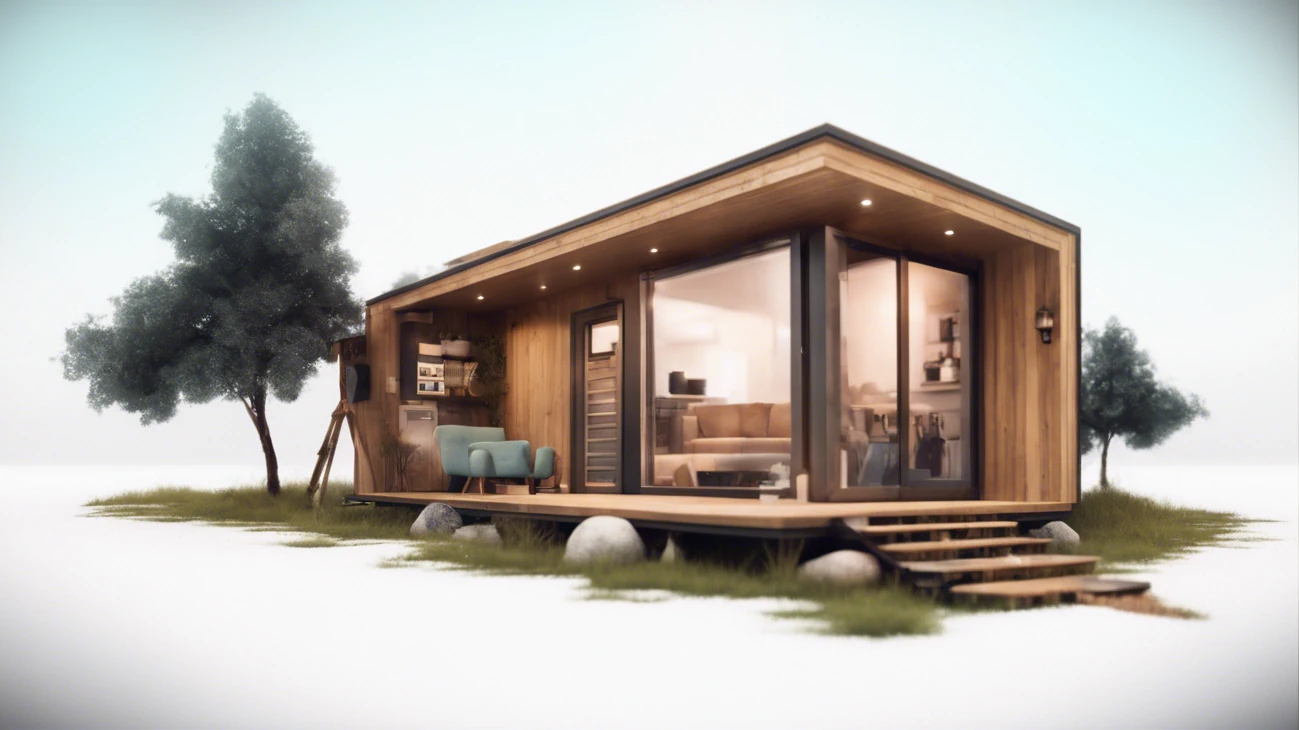One of the most intriguing and revolutionary advancements in recent years has been the rise of modular building systems. These systems have transformed traditional construction methods by offering a streamlined, efficient, and flexible approach to creating various types of buildings.
Evolution and origins
The concept of modular construction isn't entirely new. Its roots can be traced back centuries, with historical evidence of prefabricated elements being utilized in ancient civilizations. However, the modern-day modular building systems that we recognize today began to take shape in the early 20th century.
The post-World War II era witnessed a surge in the need for rapid and cost-effective construction solutions to rebuild devastated cities. This demand paved the way for the mass production of prefabricated components that could be assembled quickly on-site, thus laying the foundation for today's modular construction techniques.
Types of modular building
Modular building systems come in various forms, each tailored to suit different construction requirements:
- Volumetric modular construction: This method involves assembling three-dimensional modules off-site, complete with finishes, fixtures, and fittings. These modules are then transported to the site and stacked or arranged to form the final structure.
- Panelized construction: In this approach, building components such as walls, floors, and roofs are fabricated off-site as panels. These panels are then transported and assembled on-site to construct the building.
- Hybrid modular construction: Combining both traditional on-site construction methods with prefabricated elements, hybrid modular construction allows for greater flexibility and customization while leveraging the benefits of off-site fabrication.
Building materials and adaptability
Modular construction embraces a wide array of building materials that contribute to its versatility and efficiency:
- Steel: Known for its strength and durability, steel is a popular choice in modular construction due to its ability to create robust and resilient structures.
- Wood: Timber is a sustainable and lightweight material often used in modular construction, especially for residential buildings and eco-friendly projects.
- Concrete: Precast concrete elements are frequently utilized in modular construction for their reliability and fire-resistant properties.
- Composites: Innovative materials like fiberglass, carbon fiber, and other composite materials are increasingly finding their place in modular construction due to their high strength-to-weight ratio and design flexibility.
Advantages and disadvantages
Advantages:
Modular construction offers a multitude of advantages that have contributed to its growing popularity in the construction industry:
- Speed and Efficiency: Off-site fabrication significantly reduces construction time, allowing for faster project completion.
- Cost-Effectiveness: Reduced labor and material waste, along with streamlined processes, often lead to cost savings in modular construction projects.
- Quality Control: Controlled manufacturing environments ensure high-quality construction with fewer defects and errors.
- Sustainability: Modular construction promotes sustainability by minimizing waste and often utilizing eco-friendly materials.
- Flexibility and Adaptability: The modular nature allows for easy expansion, relocation, or reconfiguration of buildings as needed.
Disadvantages:
While modular construction offers numerous benefits, it also comes with its own set of challenges:
- Transportation limitations: Due to transport and sometimes manufacturing restrictions, module size can be limited, affecting room sizes.
- Design constraints: Design flexibility might be limited in some cases due to standard module sizes and shapes.
- Initial investment: Setting up the infrastructure for off-site fabrication can require a significant upfront investment.
- Site dependency: On-site conditions and requirements must align with modular construction techniques, which might not be suitable for all projects.
- Limited customization: Fully customized designs might be challenging to achieve within the constraints of modular construction.
Tiny houses are often built using modular techniques, where various components are prefabricated off-site and then assembled on site. These tiny homes take advantage of the benefits of modular construction, such as speed, cost-effectiveness, and customization, to create compact yet functional living spaces. Shipping container homes, on the other hand, repurpose shipping containers as primary building blocks. These containers are essentially modular units made for transportation and adapt to living spaces by combining multiple units or modifying individual containers. The process of converting and joining these containers to form a house follows the principles of modular construction.
In both cases, construction involves prefabricated elements that are assembled together, making them examples of modular construction techniques applied to residential structures.
Since this type of housing is of interest to us, you can investigate more in the following links:
Tiny houses
A simpler and more conscious way of life that emphasizes sustainability and minimalism
Shipping containers
A viable alternative, cost-effective, and innovative unconventional building method
Research and development
Ongoing advancements in research and development are driving the evolution of modular construction globally, especially as this technology extends its application to increasingly taller structures. This concerted effort in research and development is spearheaded not only by modular building companies but also by leading research institutes like the Modular Building Institute[30] and the Steel Construction Institute.
These entities are dedicated to exploring and enhancing the potential of modular construction, pushing the boundaries to enable its utilization in high-rise buildings. Their collective efforts focus on refining construction methodologies, optimizing materials, and innovating engineering techniques to ensure the scalability and safety of modular construction in larger and more complex architectural endeavors.
The Modular Building Institute and the Steel Construction Institute stand at the forefront of driving innovation and setting industry standards, collaborating with industry stakeholders, engineers, architects, and academia to propel the continuous evolution of modular construction technologies worldwide. Their commitment to ongoing research and development fuels the pursuit of more efficient, sustainable, and structurally sound solutions, shaping the future landscape of construction.
We will address these topics in more detail on this website, I hope you like it!
Are you still interested in this topic?
A good idea is to continue here:



